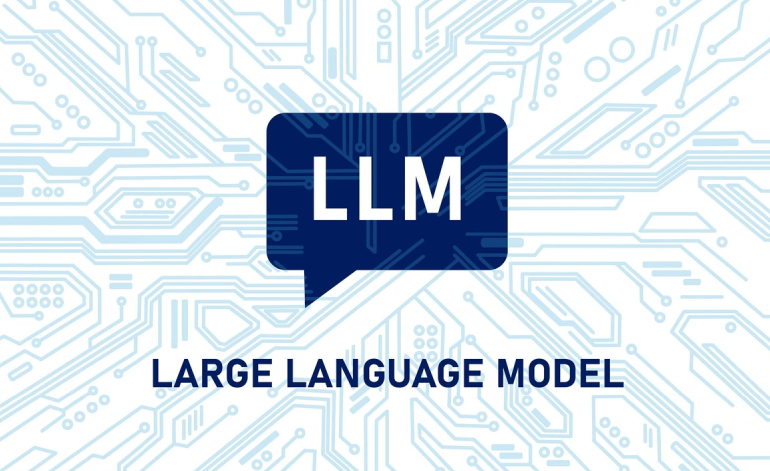
The Rise of Large Language Models (LLMs): Revolutionizing AI Communication
Introduction
In recent years, Large Language Models (LLMs) have taken the world by storm, transforming how we interact with technology. From chatbots like ChatGPT to advanced AI assistants, these models are reshaping industries, automating tasks, and enhancing human creativity. But what exactly are LLMs, how do they work, and what impact do they have on society?
In this article, we’ll explore:
- What LLMs are and how they function
- Key advancements in LLM technology
- Real-world applications
- Ethical considerations and challenges
- The future of LLMs
What Are Large Language Models?
Large Language Models (LLMs) are AI systems trained on vast amounts of text data to understand, generate, and manipulate human-like language. They use deep learning techniques, particularly transformer architectures, to process and predict text sequences.
How Do LLMs Work?
- Training on Massive Datasets – LLMs are trained on billions of words from books, articles, code, and websites.
- Transformer Architecture – Models like GPT-4 use attention mechanisms to understand context and relationships between words.
- Fine-Tuning – After pre-training, models are refined for specific tasks (e.g., customer support, coding assistance).
Key Advancements in LLM Technology
GPT-4 (OpenAI) – One of the most advanced LLMs, capable of nuanced conversations, code generation, and complex reasoning.
Gemini (Google DeepMind) – A multimodal model that processes text, images, and audio.
Llama 2 (Meta) – An open-weight model encouraging research and commercial use.
Claude (Anthropic) – Focused on safety and alignment with human values.
Real-World Applications
LLMs are being used across industries:
- Customer Support – AI chatbots handle inquiries 24/7.
- Content Creation – Writers use LLMs for drafting articles, scripts, and marketing copy.
- Programming – GitHub Copilot assists developers with code suggestions.
- Healthcare – AI helps summarize medical research and patient records.
- Education – Personalized tutoring and automated grading.
Ethical Considerations and Challenges
While LLMs offer immense benefits, they also raise concerns:
- Bias & Fairness – Models can inherit biases from training data.
- Misinformation – LLMs may generate false or misleading content.
- Job Displacement – Automation could impact writing, customer service, and other roles.
- Privacy Risks – Handling sensitive data requires strict safeguards.
The Future of LLMs
The next generation of LLMs will likely:
- Improve Reasoning & Accuracy – Reducing hallucinations and errors.
- Become More Multimodal – Integrating vision, audio, and real-time data.
- Enhance Personalization – Adapting to individual user needs.
- Address Ethical Concerns – More transparency and alignment with human values.
Conclusion
Large Language Models are revolutionizing AI, offering powerful tools for communication, creativity, and productivity. However, responsible development and deployment are crucial to maximizing benefits while minimizing risks.
What are your thoughts on LLMs? How do you see them shaping the future? Let’s discuss in the comments!





Leave your thought here
Your email address will not be published.